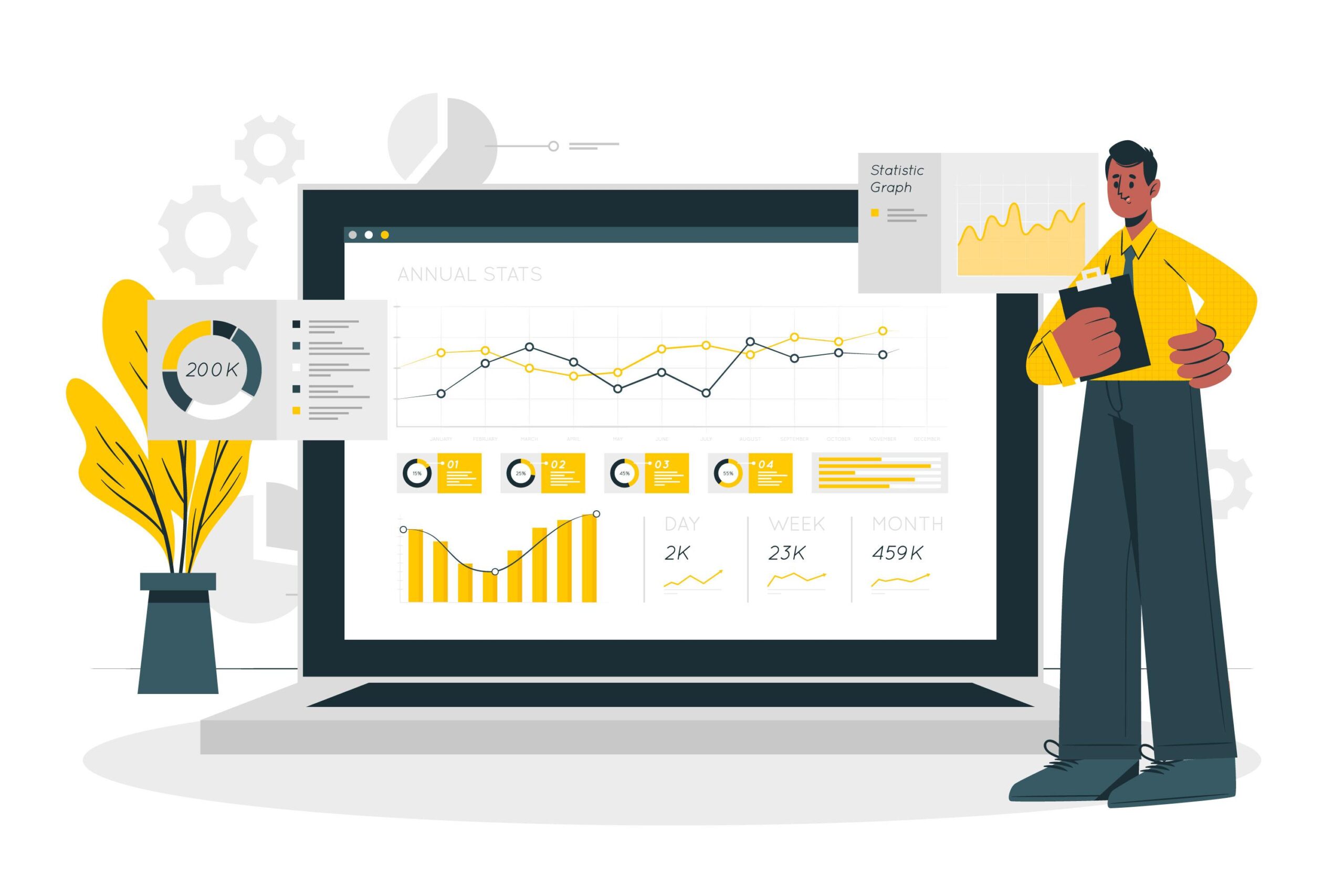
A Comprehensive Guide…
A Comprehensive Guide to Key IT Roles and Concepts in the Tech Landscape
This comprehensive guide to key IT roles and concepts in the tech landscape highlights the importance of understanding these roles and concepts for achieving success in today’s tech ecosystem. Data warehousing involves gathering, organizing, and overseeing large amounts of structured and unstructured data from various sources to create a centralized database for decision-making. This process utilizes specialized software and techniques like dimensional modeling and Extract, Transform, Load (ETL) processes.
“The skill of data storytelling is removing the noise and focusing people’s attention on the key insights.” Brent Dykes

Application development is the complete cycle of creating, constructing, and implementing software applications to fulfill specific business requirements. Application developers play a vital role in driving innovation and digital transformation by understanding programming languages, frameworks, and development methodologies. Quality assurance professionals ensure software products meet specified requirements and quality standards by designing and implementing test plans, conducting automated and manual tests, and identifying defects or issues.
According to a report by Gartner, by 2023, 90% of organizations worldwide will be adopting DevOps practices to improve the quality and agility of software delivery.
%
Systems analysts bridge the gap between business stakeholders and IT teams by converting business needs into detailed technical specifications. They examine current systems, identify areas for improvement, and suggest solutions aligned with business goals. Effective project management is crucial for successfully overseeing IT projects within scope, budget, and schedule. Project managers set project objectives, manage resources, mitigate risks, and ensure smooth collaboration among teams.
Cloud architecture involves creating and implementing cloud-based solutions that utilize computing resources like storage, networking, and computing power on demand. Cloud architects design scalable, resilient, and secure cloud infrastructure, promoting cloud adoption, reducing costs, and facilitating digital transformation projects. By understanding these essential IT roles and concepts, organizations can effectively utilize technology to achieve their strategic goals and stay competitive in the modern digital era.

